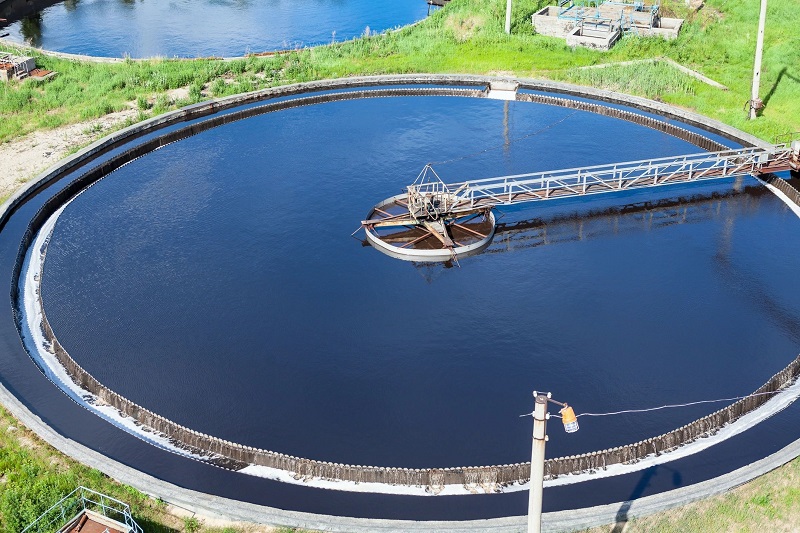
How Microorganisms Are Used in Industrial Biotechnology
How Microorganisms Are Used in Industrial Biotechnology
Industrial biotechnology, also known as white biotechnology, leverages microorganisms for the large-scale production of valuable products, ranging from biofuels and pharmaceuticals to food ingredients and bioplastics. The ability of microbes to catalyze biochemical reactions efficiently makes them indispensable in various industries. This article explores the diverse applications of microorganisms in industrial biotechnology.
1. Microbial Fermentation in Food and Beverage Industry
Microorganisms play a key role in the production of fermented food and beverages. Yeasts such as Saccharomyces cerevisiae are used in baking, brewing, and wine-making due to their ability to ferment sugars into ethanol and carbon dioxide. Lactic acid bacteria (Lactobacillus and Bifidobacterium) are essential for yogurt, cheese, and probiotic production, enhancing both flavor and shelf life.
2. Microbes in Pharmaceutical Production
Microorganisms are widely used in the pharmaceutical industry to produce antibiotics, vaccines, and therapeutic proteins. For example:
- Penicillium species produce penicillin, the first widely used antibiotic.
- Streptomyces bacteria synthesize a range of antibiotics, including streptomycin and erythromycin.
- Genetically engineered Escherichia coli and Saccharomyces cerevisiae produce insulin, human growth hormone, and monoclonal antibodies.
3. Bioplastics and Biopolymers
Microbes contribute to sustainable alternatives to petroleum-based plastics. Polyhydroxyalkanoates (PHAs) are biodegradable plastics synthesized by bacteria such as Ralstonia eutropha. These biopolymers are used in packaging, agriculture, and medical applications.
4. Microbial Enzymes in Industrial Processes
Microbial enzymes improve efficiency in various industries:
- Detergents: Proteases, lipases, and amylases from bacteria help in stain removal.
- Textile Industry: Enzymes assist in fabric finishing, bio-polishing, and denim fading.
- Paper and Pulp: Xylanases and cellulases improve paper quality and reduce chemical usage.
5. Biofuels and Renewable Energy
Microorganisms contribute to renewable energy production through:
- Bioethanol: Yeasts ferment sugar-rich feedstocks into ethanol.
- Biodiesel: Microalgae such as Chlorella and Nannochloropsis produce lipid-rich biomass for biodiesel conversion.
- Biogas: Anaerobic bacteria decompose organic waste to produce methane-rich biogas used as an energy source.
6. Waste Treatment and Bioremediation
Microbes help in managing waste and environmental cleanup:
- Sewage Treatment: Bacteria break down organic matter in wastewater treatment plants.
- Oil Spill Cleanup: Hydrocarbon-degrading bacteria like Pseudomonas and Alcanivorax break down petroleum pollutants.
- Heavy Metal Removal: Certain microbes can absorb or transform toxic metals into less harmful forms.
Conclusion
Microorganisms are at the forefront of industrial biotechnology, driving innovations across multiple sectors. Their ability to produce bio-based products sustainably helps reduce environmental impact and dependence on fossil fuels. As research progresses, microbial applications in biotechnology will continue to expand, further revolutionizing industries and promoting a greener future.













